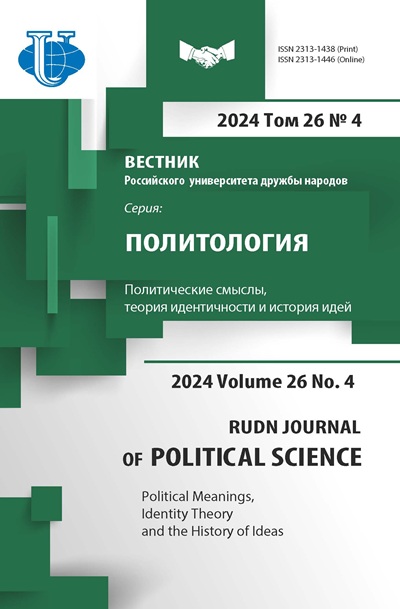Abstract
Modern Russian society is characterized by a complex and dynamic socio-political structure, reflected in the diversity of views and value orientations. Of particular importance in understanding these processes is the study of youth - the generation shaping the future of the country and actively participating in public life. This article is devoted to the analysis of sociopolitical divisions in Russian society, focused on the perception of these processes by young people. The study is based on the theory of socio-political divisions (cleavage theory) and identifies three key divisions in Russian society that may intensify over time: “the super-rich / the rest”, “megapolis / city / village” and “Moscow / not Moscow”. These divisions were confirmed by focus groups and a mass survey among students, which showed their severity compared to other potential lines of confl ct. The process of self-identification within these divisions continues, and the potential for political mobilization is assessed as high.
















